ELECTRIC, WITH AN EDGE
The 110 kV series oil-immersed power transformer was developed by Daelim to meet the needs of urban and rural power grid transformation and market energy saving. It is based on digesting and absorbing the technology of many transformer manufacturers, adopting mature technology and new insulation, electromagnetic force, Optimized by basic research results such as temperature field.
In the world of electrical power distribution, the 110 kV transformer plays a crucial role. This article aims to provide an in-depth understanding of these transformers, their operation, and the preventive measures to ensure their optimal performance. The information is based on a detailed analysis of a PDF document titled “Analysis of 110 kV main transformer accidents and preventive measures” and the offerings of Daelim, a leading manufacturer of power equipment.
110 kV series oil-immersed power transformers have passed CSA, IEEE, ANSI, IEC international certifications to ensure that the transformer you buy perfectly meets your market needs.
The design of 110 kV series oil-immersed power transformers is based on ensuring the insulation margin of the product and ensuring the safe and reliable operation of the transformer.
Computer electromagnetic optimization and structural optimization are used to reduce product loss, noise, and partial discharge.
The transformer adopts the ingenious design of the oil circuit and uses non-oriented cooling technology to avoid the risk of electrification of the oil flow inside the transformer under the premise of ensuring the low-temperature rise of the oil level and windings.
The iron core is made of a high-quality cold-rolled grain-oriented silicon steel sheet, adopts a fully oblique non-porous structure, and uses a low magnetic steel plate as a pull plate.
The upper and lower clamps and the iron core are firmly connected into a steel structure to obtain a relatively high Small no-load loss and low noise.
According to the size of the transformer capacity, the winding adopts cylindrical, spiral, continuous, and other structures. For windings of 110kV and above, the tangled or inner screen structure is adopted to effectively improve the impulse voltage distribution.
The wire adopts transposed wire or composite wire to reduce the additional loss of the winding and uses computer simulation to calculate the electric field and the impact characteristics of the winding to ensure the excellent electrical characteristics and impact strength of the winding.
In the process, effective measures are taken to ensure its safety. , Reliable operation.
The compression structure of the transformer body adopts a full-circle insulating pressing plate.
The packaging process adopts the integral assembly of windings, thereby improving the reliability of the product.
The fuel tank adopts a flat-top bell-shaped structure, and the wall of the tank is welded with a folded plate type strengthening iron, which improves the mechanical strength of the fuel tank.
In order to reduce the stray loss of the transformer, the large transformer is equipped with a magnetic shield on the inner wall of the fuel tank.
In order to prevent the transformer body from displacing during transportation, the body is equipped with a positioning device in the oil tank.
A sealed oil conservator is used to isolate the transformer oil from the atmosphere to avoid oil dampness and aging.
The end is equipped with an indicator oil level gauge. According to the oil weight of the transformer, a pressure relief valve is installed on the top of the oil tank to ensure the safe operation of the product.
| Rated Power (kva) | High Voltage (kv) | Low Voltage (kv) | Connection symbol | No-load loss(KW) | On-load loss(KW) | No load current (%) |
| 6300 | 63 66 69 110 132 138 220 | 6.3 6.6 10.5 11 33 69 | YNd11 YNyn0 others | 9.4 | 34 | 0.63 |
| 8000 | 11.2 | 40.4 | 0.63 | |||
| 10000 | 13.1 | 47.6 | 0.75 | |||
| 12500 | 15.4 | 56.5 | 0.53 | |||
| 16000 | 18.5 | 69.5 | 0.49 | |||
| 20000 | 21.8 | 84.2 | 0.49 | |||
| 25000 | 25.6 | 99.5 | 0.4 | |||
| 31500 | 30.4 | 120 | 0.4 | |||
| 40000 | 36.2 | 140.3 | 0.39 | |||
| 50000 | 42.6 | 174.3 | 0.39 | |||
| 63000 | 52 | 210 | 0.39 | |||
| 75000 | 60 | 238 | 0.49 | |||
| 90000 | 69 | 274 | 0.49 | |||
| 120000 | 85 | 328 | 0.46 | |||
| 150000 | 101 | 385 | 0.42 | |||
| 160000 | 105 | 404 | 0.42 | |||
| 180000 | 115 | 436 | 0.42 | |||
| 240000 | 144 | 539 | 0.4 |
One of the major issues with 110 kV transformers, especially those that have been in operation for a long time or have been relocated, is the decline in the performance of their internal insulation material. Over time, the insulation material tends to become brittle and prone to tearing and fracture, leading to insulation breakdown accidents. This poses a significant risk to the safe operation of the power grid.
The induction withstand voltage test is an effective means to check the integrity of the 110kv transformer’s inter-turn, inter-layer, and inter-phase insulation. This test, when combined with partial discharge measurement, can provide a comprehensive evaluation of the transformer’s insulation condition.
The test frequency plays a crucial role in the induction withstand voltage test. If the test frequency is not increased, the 110 kv Power transformer core may become severely saturated, preventing the application of 2 times the rated voltage. Therefore, during the induction withstand voltage test and partial discharge test, the frequency of the applied power supply is generally 2 to 4 times the working frequency.
The frequency conversion power supply device, based on triode linear power amplifier technology and pulse width modulation technology, has many advantages over the traditional medium frequency generator set. It offers a wide output frequency range, stable output voltage, and easy maintenance.
The test time is another crucial aspect of the induction withstand voltage test. When the test frequency does not exceed 2 times the rated frequency, the U1 test time is 60 seconds. If the test frequency exceeds 2 times the rated frequency, the test duration is calculated using the formula: T = 120 X Fr/F, where Fr is the rated frequency and F is the test frequency.
For more information about 110 kV transformers, visit Daelim’s product page.
Preventive measures for 110 kV transformer accidents primarily involve regular maintenance and inspection, including the induction withstand voltage test and partial discharge test. These tests help evaluate the condition of the transformer’s insulation and identify potential issues before they lead to accidents.
Regular maintenance and inspection are crucial for preventing 110 kV transformer accidents. This includes checking the physical condition of the transformer, monitoring its performance, and conducting necessary tests to evaluate its insulation condition. Regular maintenance helps identify potential issues early and allows for timely repairs or replacements.
The induction withstand voltage test is an effective preventive measure for 110 kV transformer accidents. It checks the integrity of the transformer’s inter-turn, inter-layer, and inter-phase insulation. When combined with partial discharge measurement, this test provides a comprehensive evaluation of the transformer’s insulation condition.
The partial discharge test is another important preventive measure. It helps detect the presence of partial discharges, which are small electrical sparks that occur within the 110 kv Power transformer’s insulation. Partial discharges can degrade the insulation over time and lead to insulation failure, so detecting them early is crucial for preventing accidents.
The use of a frequency conversion power supply device, based on triode linear power amplifier technology and pulse width modulation technology, is another effective preventive measure. This device offers a wide output frequency range, stable output voltage, and easy maintenance, making it a valuable tool for conducting the induction withstand voltage test and partial discharge test.
In a 110 kv substation, the 110 kV transformer plays a crucial role in stepping down the high voltage from the transmission lines to a lower voltage suitable for distribution. It does this through electromagnetic induction, where a change in the magnetic field within the 110 kv power transformer induces a voltage in the secondary coil.
The primary role of the 110 kV power transformer in a substation is to step down the high voltage from the transmission lines to a lower voltage suitable for distribution. This is crucial for delivering electricity safely and efficiently to homes and businesses.
The 110 kV transformer works on the principle of electromagnetic induction. When alternating current passes through the primary coil, it creates a changing magnetic field within the transformer. This changing magnetic field induces a voltage in the secondary coil, which is used to supply power to the distribution lines.
The 110 kV transformer is a critical component in power distribution. Without it, the high voltage from the transmission lines would be too much for the distribution lines to handle. By stepping down the voltage, the transformer ensures that electricity can be safely and efficiently delivered to end users.
Regular maintenance of the 110 kV transformer in a substation is crucial for ensuring its optimal performance and longevity. This includes regular inspections, cleaning, and necessary repairs or replacements. Proper maintenance helps prevent transformer accidents and ensures a reliable power supply.
The specifications of a 110 kV transformer can vary depending on its design and intended use. However, some common specifications include its rated power, rated voltage, frequency, phase, connection symbol, short circuit impedance, and cooling method.
The rated power of a 110 kV transformer refers to the maximum amount of power it can handle, while the rated voltage refers to the maximum voltage it can withstand. These specifications are crucial for ensuring the transformer can safely and efficiently handle the power requirements of the system it’s connected to.
The frequency and phase of a 110 kV transformer refer to the frequency of the alternating current it’s designed to work with and the number of phases in the electrical system, respectively. These specifications are important for ensuring the transformer is compatible with the electrical system it’s connected to.
The connection symbol of a 110 kV transformer indicates how its windings are connected, while the short circuit impedance refers to its resistance to short circuit currents. These specifications are important for understanding how the transformer operates and how it responds to faults.
The cooling method of a 110 kV transformer refers to how it dissipates the heat generated during operation. This could be through natural air cooling, oil cooling, or forced air cooling. The chosen cooling method affects the transformer’s efficiency and
longevity.
110 kV transformers are primarily used in power transmission and distribution systems to step down high voltage electricity from transmission lines to a lower voltage suitable for distribution to homes, businesses, and industrial facilities.
One of the main applications of 110 kV transformers is in power transmission and distribution systems. They are used to step down the high voltage electricity from transmission lines to a lower voltage suitable for distribution. This is crucial for delivering electricity safely and efficiently to end users.
110 kV transformers are also used in various industrial applications. They provide the necessary power for heavy-duty machinery and equipment in industries such as manufacturing, mining, and construction.
In commercial settings, 110 kV transformers are used to supply power to large buildings, shopping centers, and office complexes. They ensure that these facilities have a reliable and stable power supply for their operations.
While less common, 110 kV transformers can also be used in residential applications, particularly in large residential complexes. They help ensure that residents have a reliable and stable power supply for their homes.


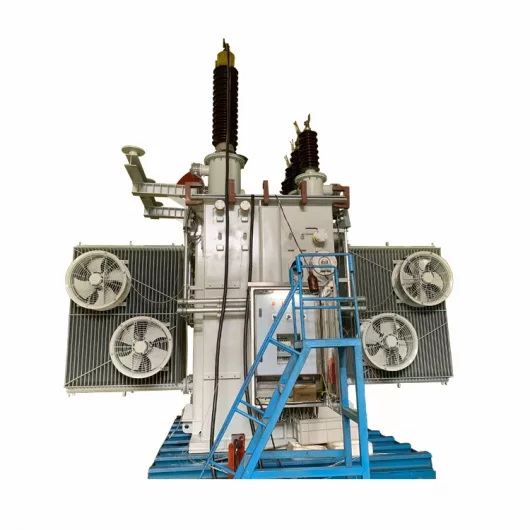
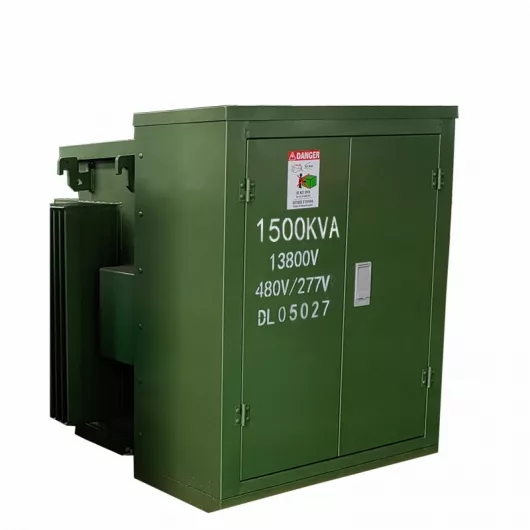
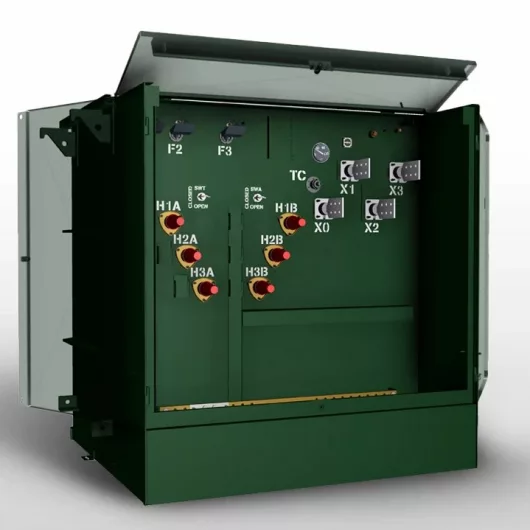
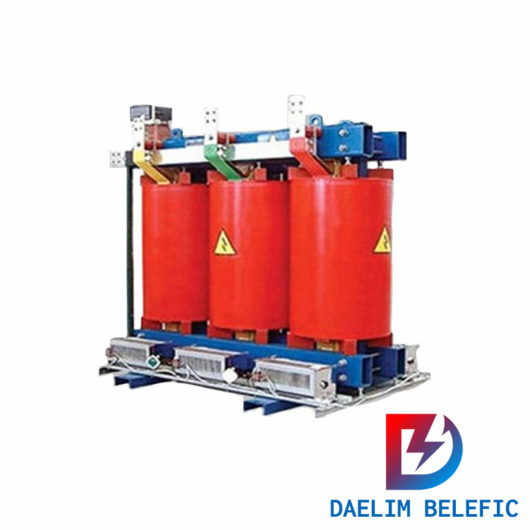
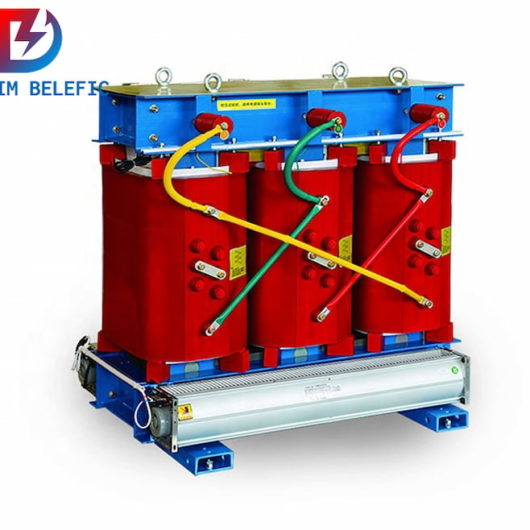

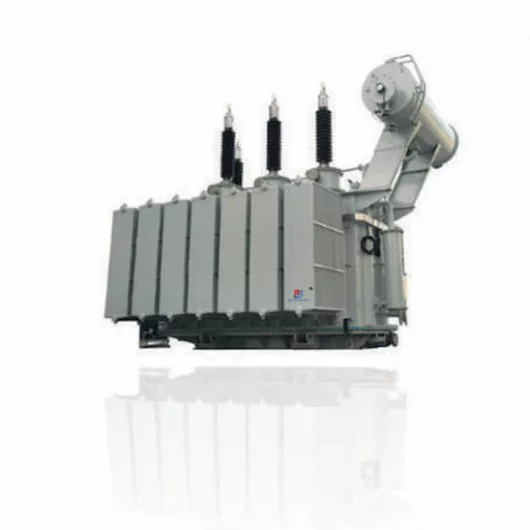
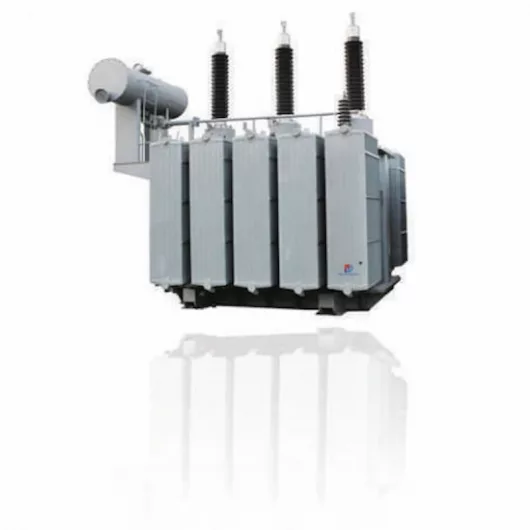


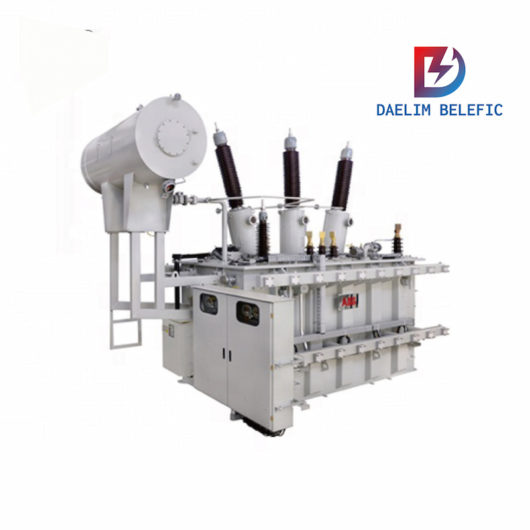
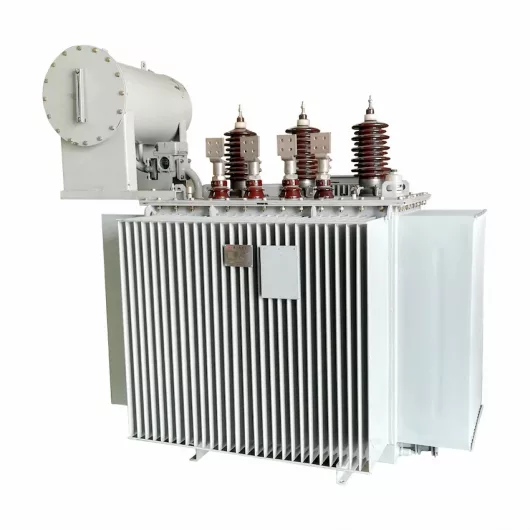

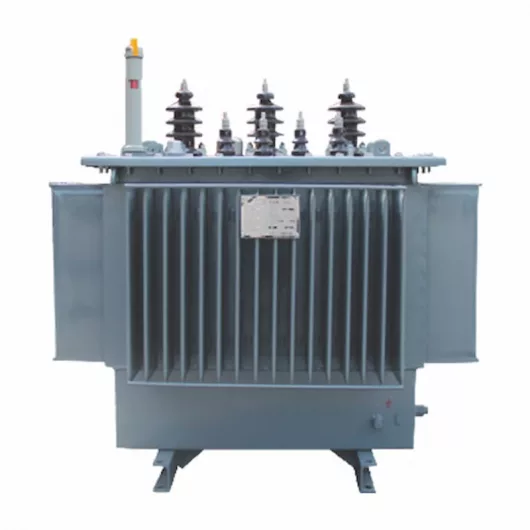
After filling in the contact information, you can download the PDF.